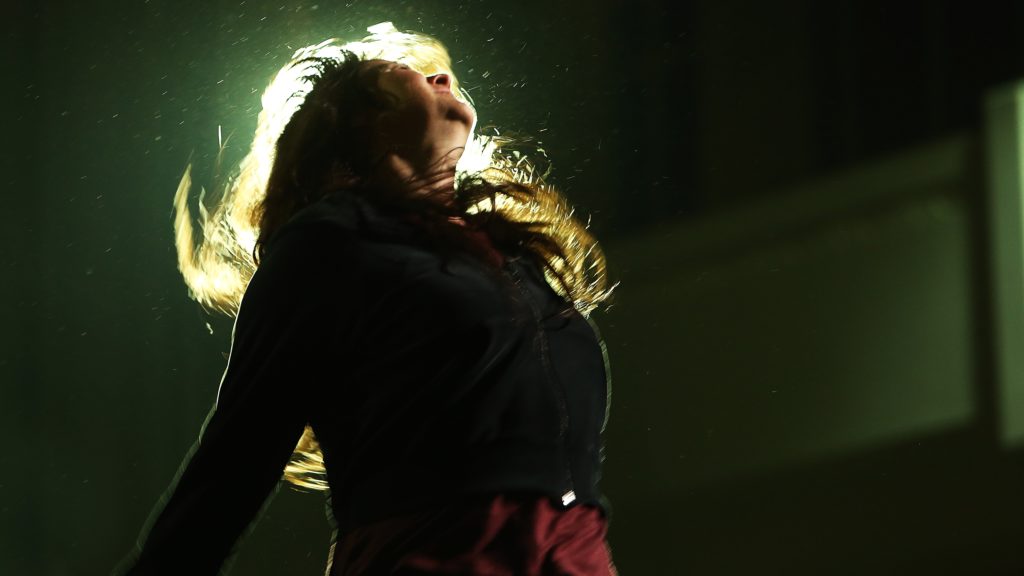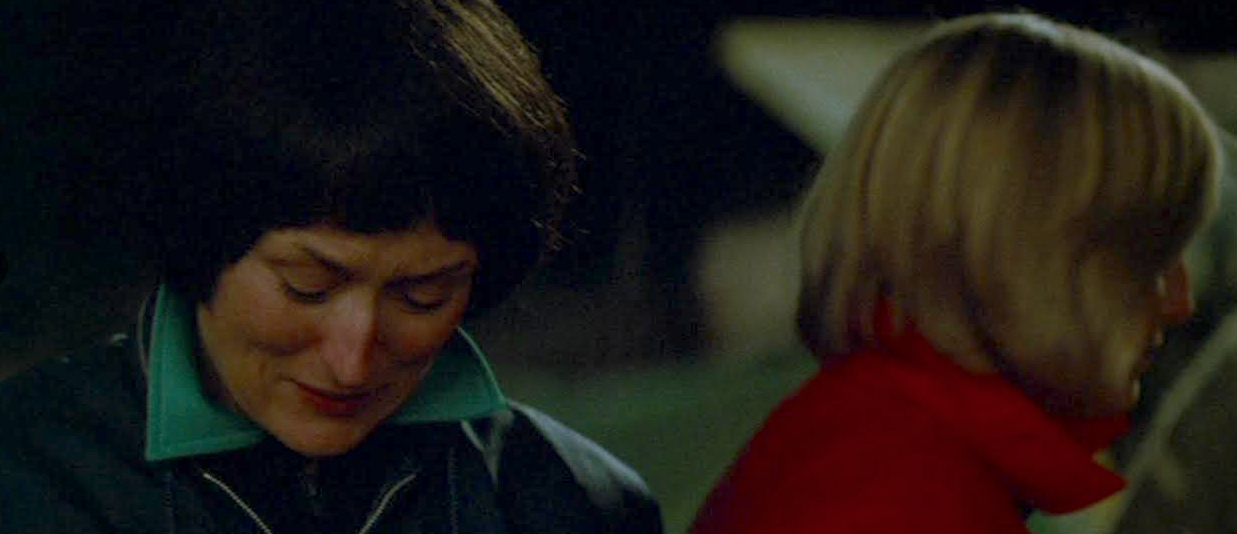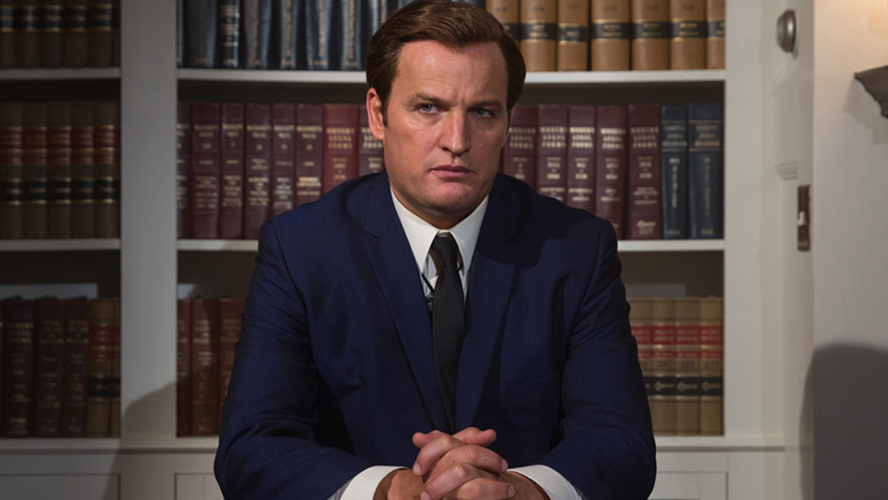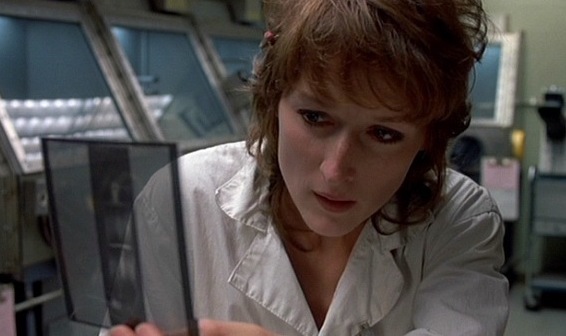Jake Gyllenhaal and Steven Spielberg playing with the legacy of Leonard Bernstein
 Wednesday, May 2, 2018 at 10:09PM
Wednesday, May 2, 2018 at 10:09PM by Nathaniel R
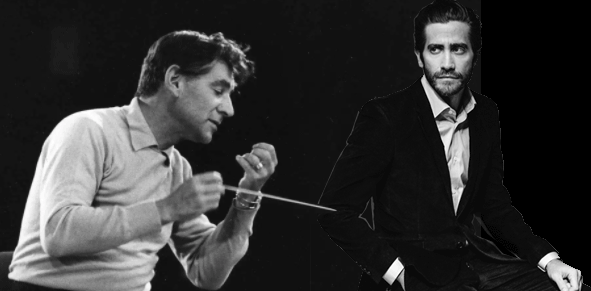
Have you heard the news that there's a Leonard Bernstein biopic coming? There's good news and there's bad news. The good news is that there's a Leonard Bernstein biopic coming at all! I mean... he's only a bonafide genius of the 20th century. Even better Jake Gyllenhaal is attached to star. Even better Cary Joji Fukunaga (Jane Eyre, Beasts of No Nation, True Detective) will be directing! Gyllenhaal gives quote:
Like many people, Leonard Bernstein found his way into my life and heart through West Side Story when I was a kid. But as I got older and started to learn about the scope of his work, I began to understand the extent of his unparalleled contribution and the debt of gratitude modern American culture owes him. As a man, Bernstein was a fascinating figure—full of genius and contradiction—and it will be an incredible honor to tell his story with a talent and friend like Cary.”
More after the jump...



